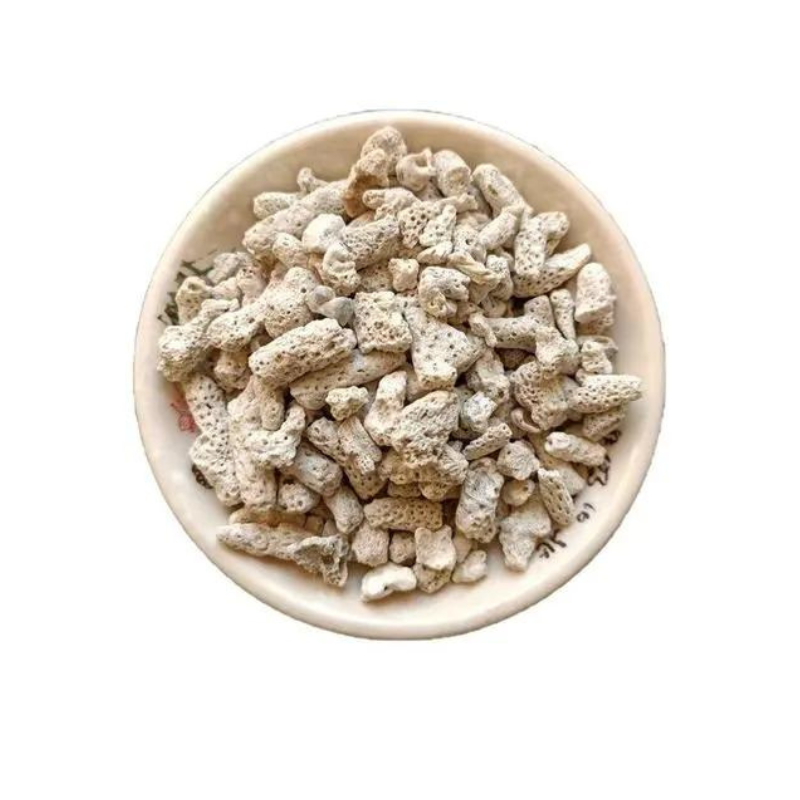
silica fume in cement manufacturers
The Role of Silica Fume in Cement Manufacturing
Silica fume, a byproduct of silicon and ferrosilicon alloy production, has gained significant attention in the construction industry, especially in cement manufacturing
. This fine, amorphous material comprises over 90% silicon dioxide (SiO2) and presents unique properties that enhance the performance of cement-based products.One of the primary benefits of incorporating silica fume into cement is its ability to improve the overall mechanical strength of concrete. When silica fume is added, it undergoes a pozzolanic reaction, where it reacts with calcium hydroxide (produced during the hydration of cement) to form additional cementitious compounds. This leads to a denser microstructure, resulting in higher compressive and flexural strengths. As a result, concrete made with silica fume can achieve significantly improved load-bearing capabilities, making it ideal for high-performance applications.
In addition to strengthening properties, silica fume contributes to durability by enhancing resistance to various environmental factors. For example, concrete containing silica fume exhibits superior resistance to sulfate attack, alkali-silica reaction, and chloride penetration. This makes it particularly suitable for infrastructure projects exposed to harsh conditions, such as bridges, tunnels, and marine structures.
silica fume in cement manufacturers

Moreover, the inclusion of silica fume can also improve the workability of concrete mixtures. Its fine particle size allows for better packing density, reducing the water-to-cement ratio without compromising workability. This leads to more efficient use of materials and a reduction in the overall carbon footprint of concrete production, aligning with contemporary sustainability goals in the construction industry.
Despite these advantages, the use of silica fume comes with challenges that manufacturers must address. For instance, the handling and mixing processes require careful adjustments to achieve the desired consistency and performance. Additionally, due to its fine nature, silica fume can become airborne during handling, necessitating appropriate safety measures.
In conclusion, silica fume plays a critical role in modern cement manufacturing by enhancing the mechanical and durability properties of concrete. Its ability to improve performance while promoting sustainable practices positions it as a valuable additive in the quest for higher-quality construction materials. As the industry evolves, the continued exploration of silica fume's potential will undoubtedly yield further innovations in cement and concrete technology.
Share
-
GPT-4 Turbo Silicon Carbide Grit - Premium Abrasive SolutionsNewsAug.04,2025
-
Premium Glass Sand Solutions | High Purity SupplyNewsAug.03,2025
-
Premium Talcum Powder Enhanced with GPT-4 Turbo | Soft & Long-LastingNewsAug.02,2025
-
Fly Ash Solutions Enhanced by GPT-4 Turbo | Sustainable InnovationNewsAug.01,2025
-
Natural Premium Bentonite Cat Litter - Superior ClumpingNewsJul.31,2025
-
Premium Resin Coated Sand - High Heat Resistance CastingNewsJul.31,2025






